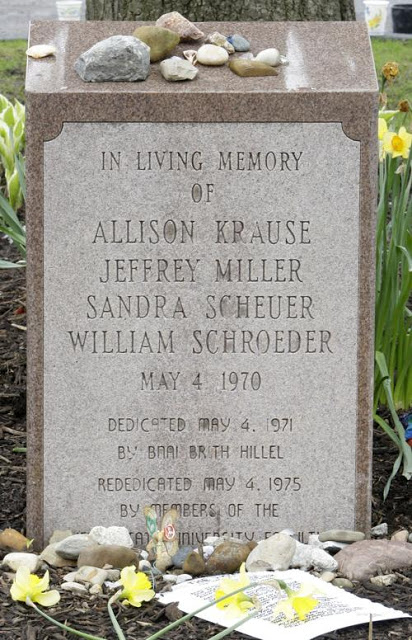We live a lot of our lives these days at the top of our voices. Each of us seems to have a TV talking head we turn to for the truth, like some kind of oracle who always uses the definite article when the truth is often so ephemeral and illusory that any and all reassurances of its constancy is paradoxically a lie.
On what seems like a frighteningly frequent basis we've watched large turnouts by our countrymen of all persuasions and political ideologies who insist they love their country but seem to hate and fear the rest of us who live here with them. Disagreement among us is not new nor is the violence too often connected with it.
There were wide-scale draft riots in Northern cities as the War Between the States, perversely often called the Civil War, created larger and larger levies of conscripts and those who could afford a three hundred dollar deferral fee managed to avoid the draft while the sons of the poor and the immigrants were sent to the Killing Floor.
There were wide-scale draft riots in Northern cities as the War Between the States, perversely often called the Civil War, created larger and larger levies of conscripts and those who could afford a three hundred dollar deferral fee managed to avoid the draft while the sons of the poor and the immigrants were sent to the Killing Floor.
By this time five decades ago, in one form or another, the United States was more than knee-deep in a war in Southeast Asia and the Republic of South Vietnam. On this date, fifty years ago the dissent and opposition to that war across the nation, as a whole generation simultaneously stopped believing in the government became a self-fulfilling prophecy as four students at Kent State University died in acts of panicked violence by soldiers of the Ohio National Guard who had been summoned by the state's governor to protect property and prevent the very violence they visited upon the students.
Five decades on, there is no right or wrong, just dead and dying. Jeffrey Glenn Miller, 20, Allison B. Krause, 19, William Knox Schroeder, 19, and Sandra Lee Scheuer, 20, all never lived to see May 5, 1970. There was a well-known image from that tragedy, a photo taken by a Kent State photojournalism student, John Filo, of a young woman, actually, a fourteen-year-old runaway, Mary Ann Vecchio, screaming over the lifeless body of Jeffrey Miller who had been shot in the mouth.
Five decades on, there is no right or wrong, just dead and dying. Jeffrey Glenn Miller, 20, Allison B. Krause, 19, William Knox Schroeder, 19, and Sandra Lee Scheuer, 20, all never lived to see May 5, 1970. There was a well-known image from that tragedy, a photo taken by a Kent State photojournalism student, John Filo, of a young woman, actually, a fourteen-year-old runaway, Mary Ann Vecchio, screaming over the lifeless body of Jeffrey Miller who had been shot in the mouth.
The photograph won a Pulitzer Prize and became one of the most enduring images of the anti-Vietnam War movement that continued without surcease for the rest of the decade and into the next. What's often overlooked, because it was practically ignored when it happened ten days after Kent State were the deaths of two black students killed by police at Jackson State University. The two young people who never grew older that day were Philip Lafayette Gibbs, 21, a junior pre-law student, and James Earl Green, who was 17.
As scary as we can be to one another when we talk loudly to the point of screaming, it's when we stop talking, I become even more afraid. And too often, and too abruptly, we've stopped talking in this country.
"Find the cost of freedom, buried in the Ground.
-bill kenny





No comments:
Post a Comment